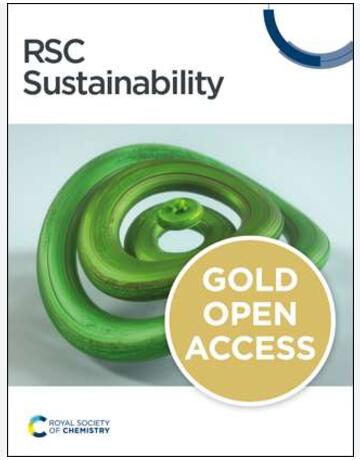地形对铁路涵洞周围风吹沙流场特征的影响
IF 3.3
3区 环境科学与生态学
Q2 ENVIRONMENTAL SCIENCES
引用次数: 0
摘要
作为沙漠铁路重要通道和基础设施的涵洞经常受到风沙的威胁。除了风速、风向和涵洞结构外,地形也可能是形成涵洞风沙危害的重要原因。然而,有关地形对涵洞泥沙淤积特性影响的研究却很少。本文基于欧拉双流体理论,建立了铁路涵洞(平涵和凹涵)的计算流体动力学(CFD)模型。分析了地形对铁路涵洞周围流场分布规律和积沙的影响。结果表明,在 30 m~66.8 m 范围内,水平风速曲线沿中轴面从前庭到后庭呈 "W "形变化,在涵洞进口和出口处形成低速逆流,当涵洞底部高度为 1.0 m 和 1.5 m 时,最小风速分别达到-3.6 m/s 和-4.2 m/s,导致泥沙沉积加剧。在凹形涵洞中,路基高度越低,涵洞出口、后道和轨道处越容易积沙,沙体积分数接近 0.63,影响列车的正常运行。相反,路基越高,涵洞进口处越容易积沙,阻碍工程车辆通行,降低涵洞的功能。这些结果表明,地形对涵洞周围的积沙起着举足轻重的作用,应成为新建铁路涵洞设计的重要考虑因素之一。这项工作可为预防和管理铁路涵洞的风沙危害提供理论依据。本文章由计算机程序翻译,如有差异,请以英文原文为准。
Influence of Terrain on Windblown Sand Flow Field Characteristics around Railway Culverts
Aeolian sand hazards are often a threat to culverts, which are important channels and pieces of infrastructure of the desert railway. In addition to wind speed, wind direction, and culvert structure, terrain may also be an important reason for the formation of culvert sand hazards. However, there are few studies on the effect of terrain on the sediment accumulation characteristics of culverts. This paper established computational fluid dynamics (CFD) models of railway culverts (flat and concave culverts) based on Euler’s two-fluid theory. An analysis of the influence of terrain on the distribution law of the flow fields and sand accumulation around railway culverts was carried out. The results show that the horizontal wind speed curves changes in a “W” shape along the centre axis surface from the forecourt to the rearcourt within a range of 30 m~66.8 m. Low-speed backflow is formed at the inlet and outlet of the culvert, and the minimum wind speed reaches −3.6 m/s and −4.2 m/s, respectively, when the height from the bottom of the culvert is 1.0 m and 1.5 m, resulting in intensified sand sedimentation. In concave culverts, the lower the roadbed height, the easier it is for sand to accumulate at the culvert outlet, the rearcourt, and the track; the sand volume fraction is close to 0.63, affecting the normal operation of the trains. On the contrary, the higher the roadbed, the easier it is for sand to accumulate at the culvert inlet, hindering the passage of engineering vehicles and reducing the function of the culverts. These results reveal that terrain plays a pivotal role in the sand accumulation around culverts and that it should be one of the key considerations for the design of new railway culverts. This work can provide a theoretical basis for preventing and managing sand hazards in railway culverts.
求助全文
通过发布文献求助,成功后即可免费获取论文全文。
去求助
来源期刊

Sustainability
ENVIRONMENTAL SCIENCES-ENVIRONMENTAL SCIENCES
CiteScore
6.80
自引率
20.50%
发文量
14120
审稿时长
17.72 days
期刊介绍:
Sustainability (ISSN 2071-1050) is an international and cross-disciplinary scholarly, open access journal of environmental, cultural, economic and social sustainability of human beings, which provides an advanced forum for studies related to sustainability and sustainable development. It publishes reviews, regular research papers, communications and short notes, and there is no restriction on the length of the papers. Our aim is to encourage scientists to publish their experimental and theoretical research relating to natural sciences, social sciences and humanities in as much detail as possible in order to promote scientific predictions and impact assessments of global change and development. Full experimental and methodical details must be provided so that the results can be reproduced.
 求助内容:
求助内容: 应助结果提醒方式:
应助结果提醒方式:


